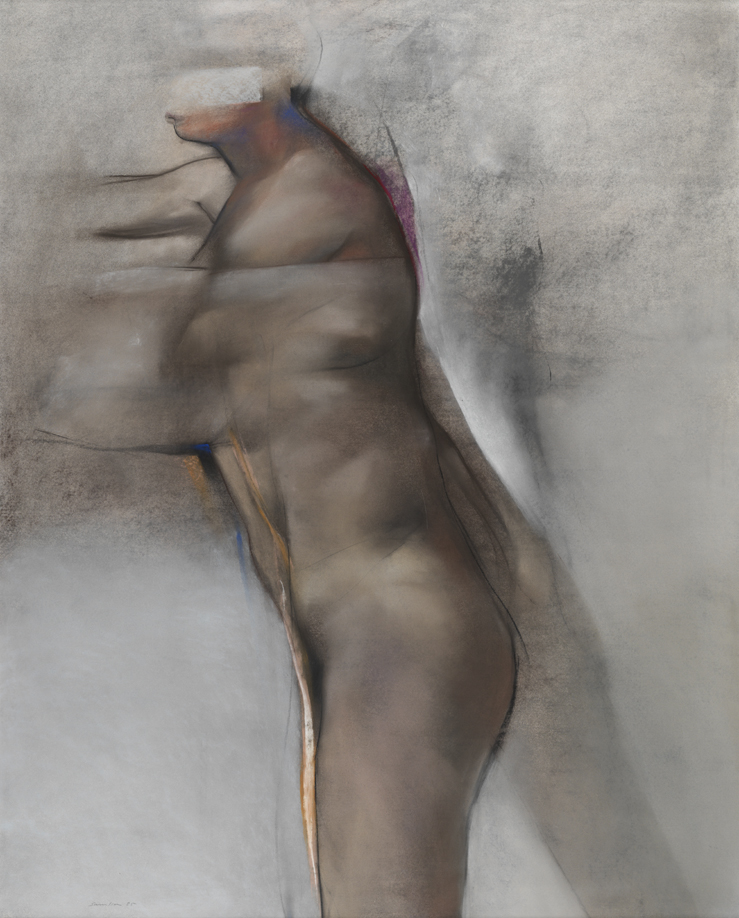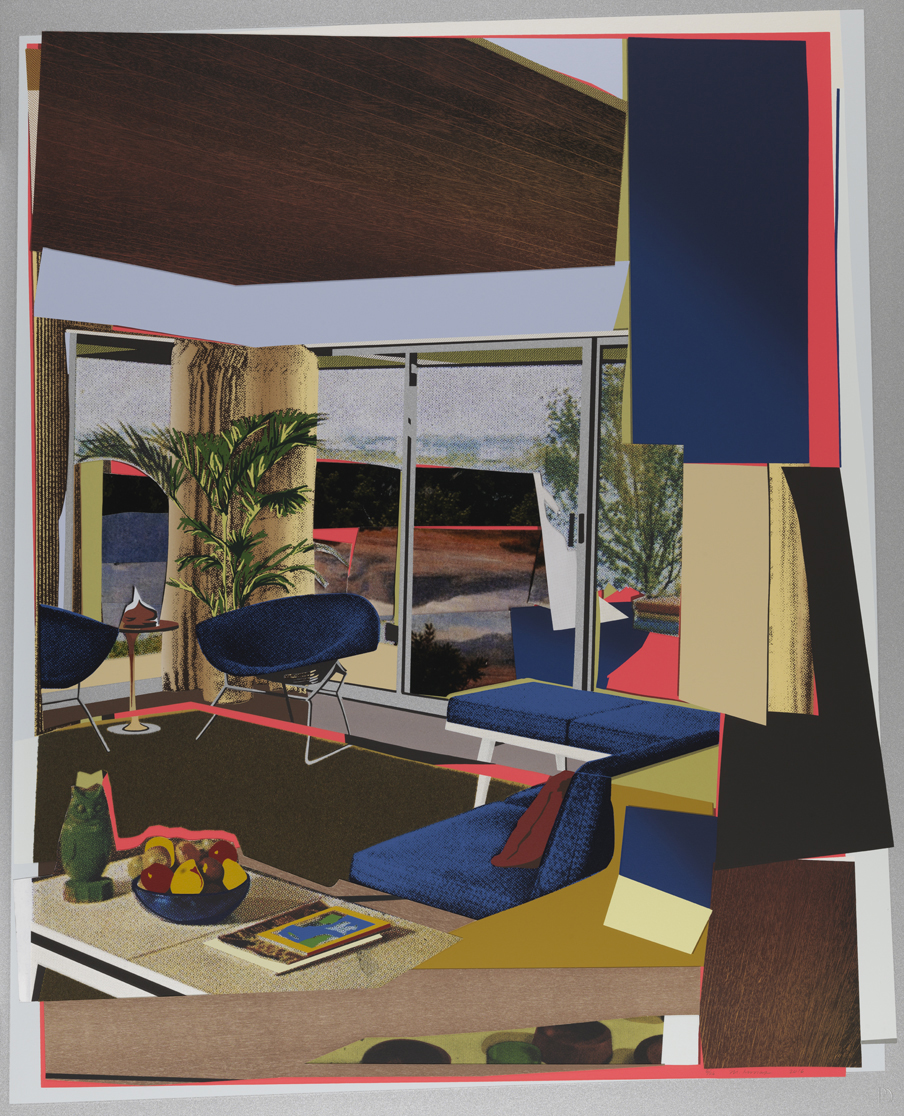Contributed by Hoang Tran, Director of Archives & Collections
How time flies! It has been a year since we were awarded the IMLS grant. It seems fitting that I take this chance to provide an overview of all the changes and activities that have been completed so far.
The first major update is in regards to staffing changes. HoJun who served as the Project Museum Collections Assistant decided to leave the project early. In his place, we were fortunate to hire an amazing candidate, L Gnadinger. L is an artist, writer, and educator originally from Louisville, KT who has experience with art handling, writing, and arts administration. We’re happy to have L join the IMLS project team!
We’ve completed the first round of cataloging for all permanent works in PAFA’s collection. The main emphasis for this round of cataloging was to obtain accurate biographical information—life dates, place of birth, nationality, gender, race, etc. This round also included ensuring all objects had at least one subject access point, standardized date, copyright information, and of course, no spelling errors.
Photographing the collection has been challenging due to the staff change, technology problems, and institutional commitments. However, we managed to bounce back rather quickly when we switched to photographing 3D works (sculpture) in the second half of the summer. To date, we have photographed 82 small/medium sized sculptures (21%). In the past, we took 1-3 photos of a sculpture in a frontal view only. This time, we decided to photograph the sculpture 10 times to create a full 360 degree view of the work. We believe this added work would not only help PAFA document the work better, but also help curators and researchers view other markings such as a signature or date that is typically on the back of a sculpture.
PAFA’s legacy files are stored in a complex web of folders with tiff and jpg files intermixed with unconventional file naming standards. L has taken on the immense task of digital file management. Fortunately, L has Python programming skills that proved to be invaluable for this task. After a few weeks of brainstorming, testing, and team meetings, L was able to get a grasp of what the best approach would be.
I’ve been working closely with PAFA’s Registrar, Danielle McAdams, who is assisting with the CMS implementation phase of the project. The data migration and implementation of a new CMS is largely done by the vendors. We are currently reviewing the vendor’s feedback for crosswalks that aren’t compatible with the new CMS and determining if we require anything more customized for our needs. So far, there hasn’t been any major issues.
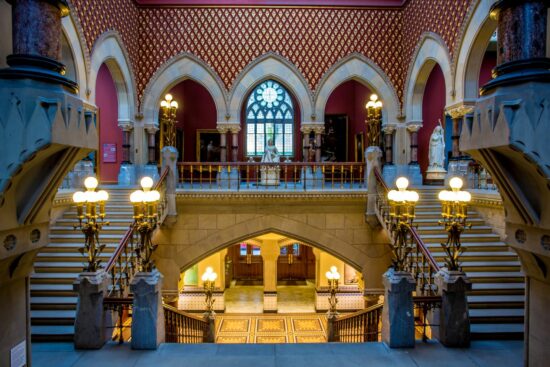

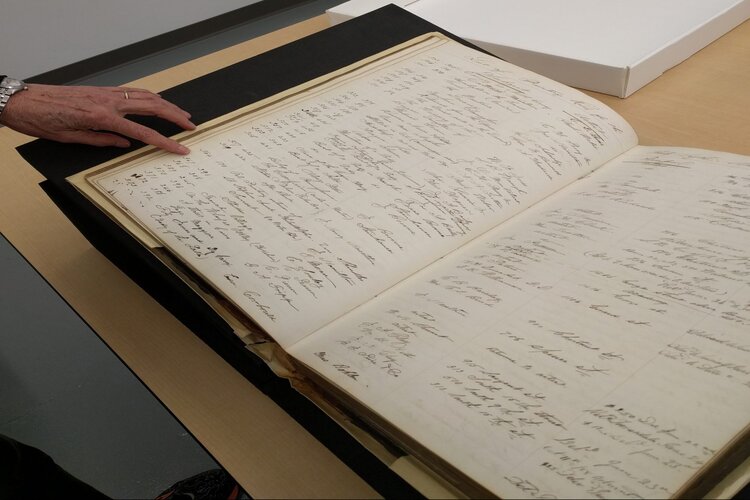
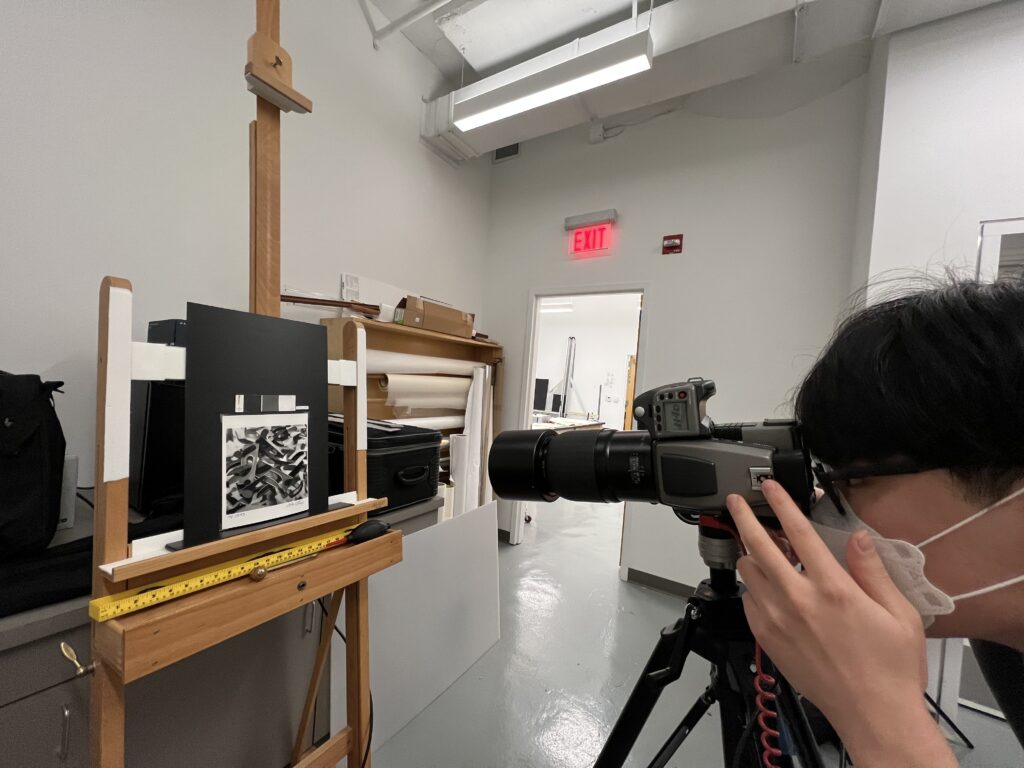
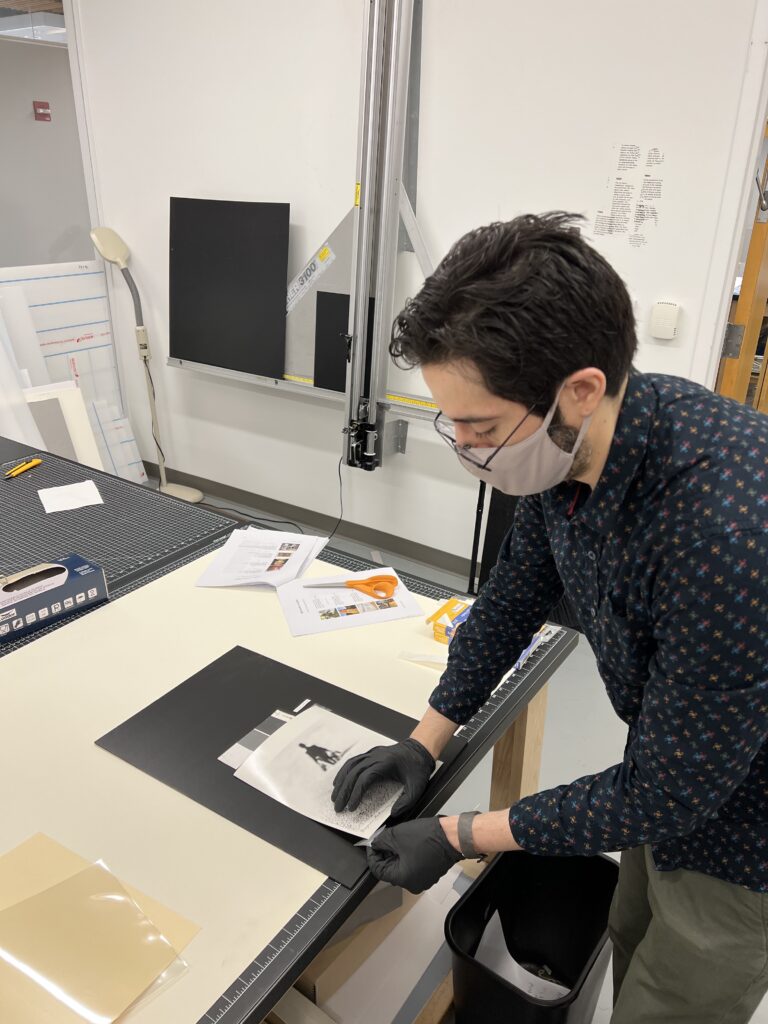
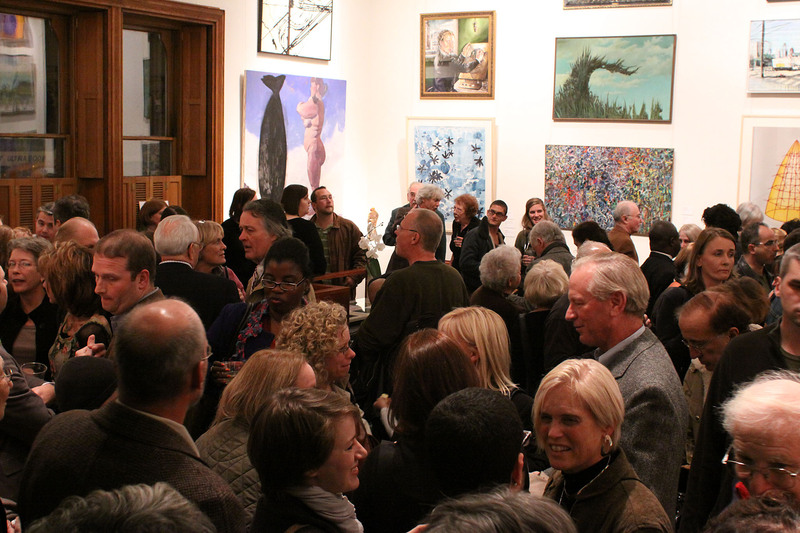
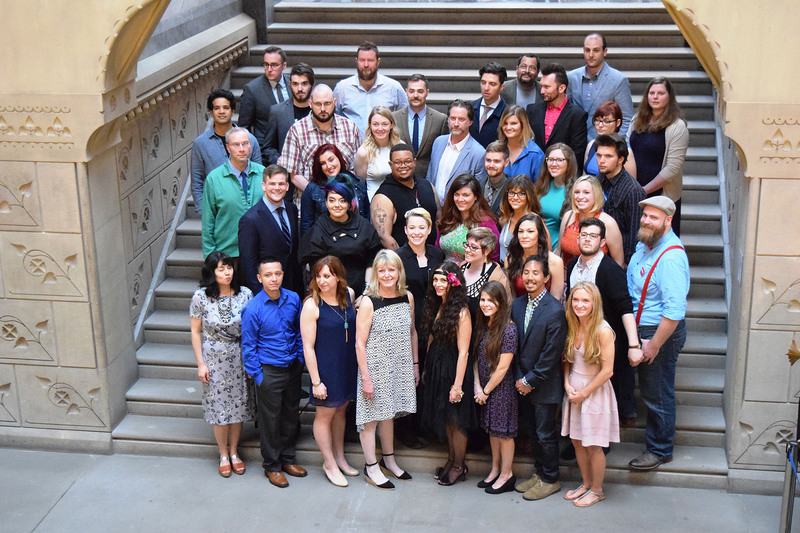
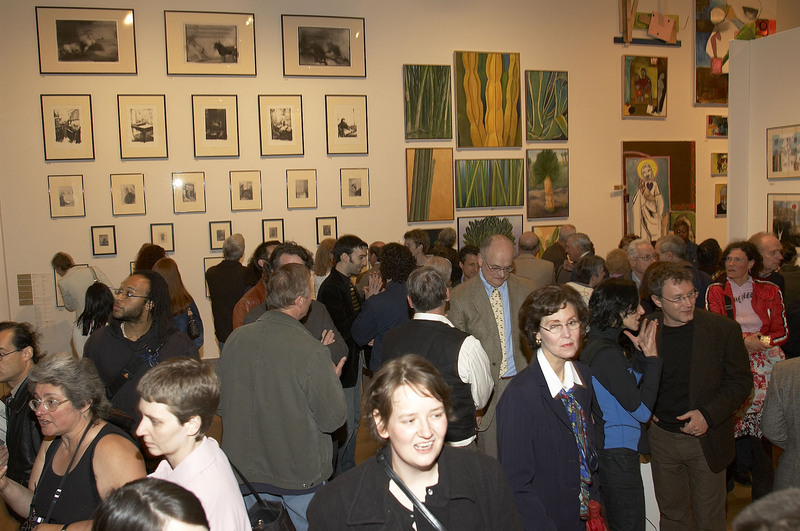
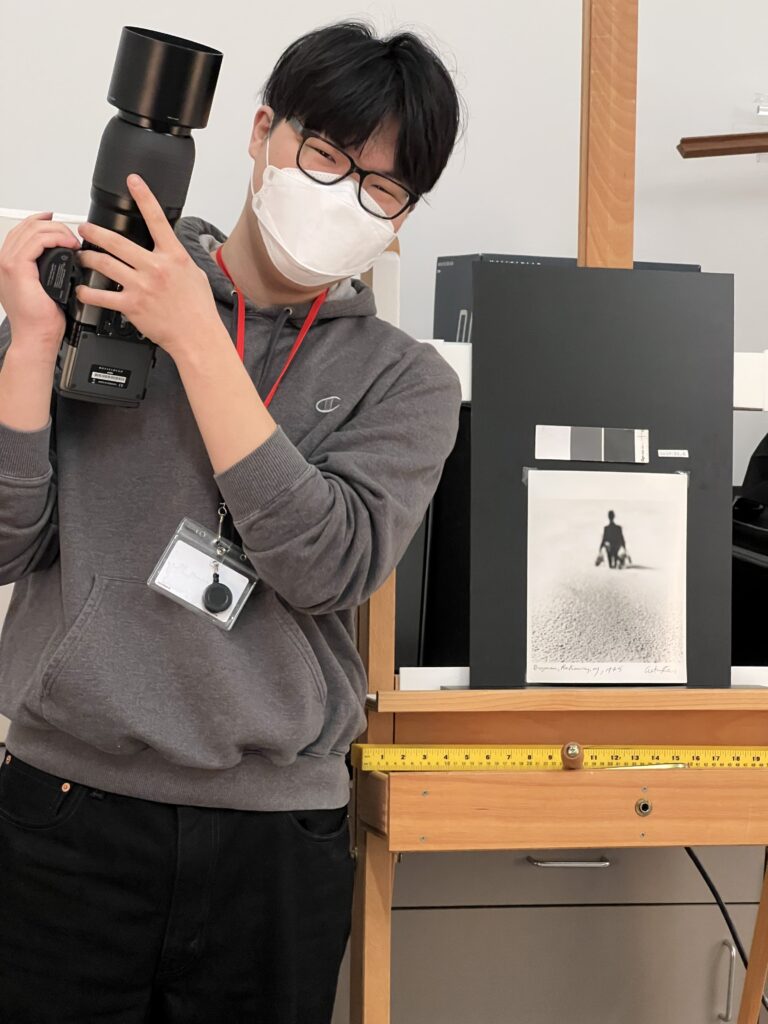

![[Lady standing at window, with cat]](https://www.pafa.org/sites/default/files/artworkpics/1971_8_69_l.jpg)
